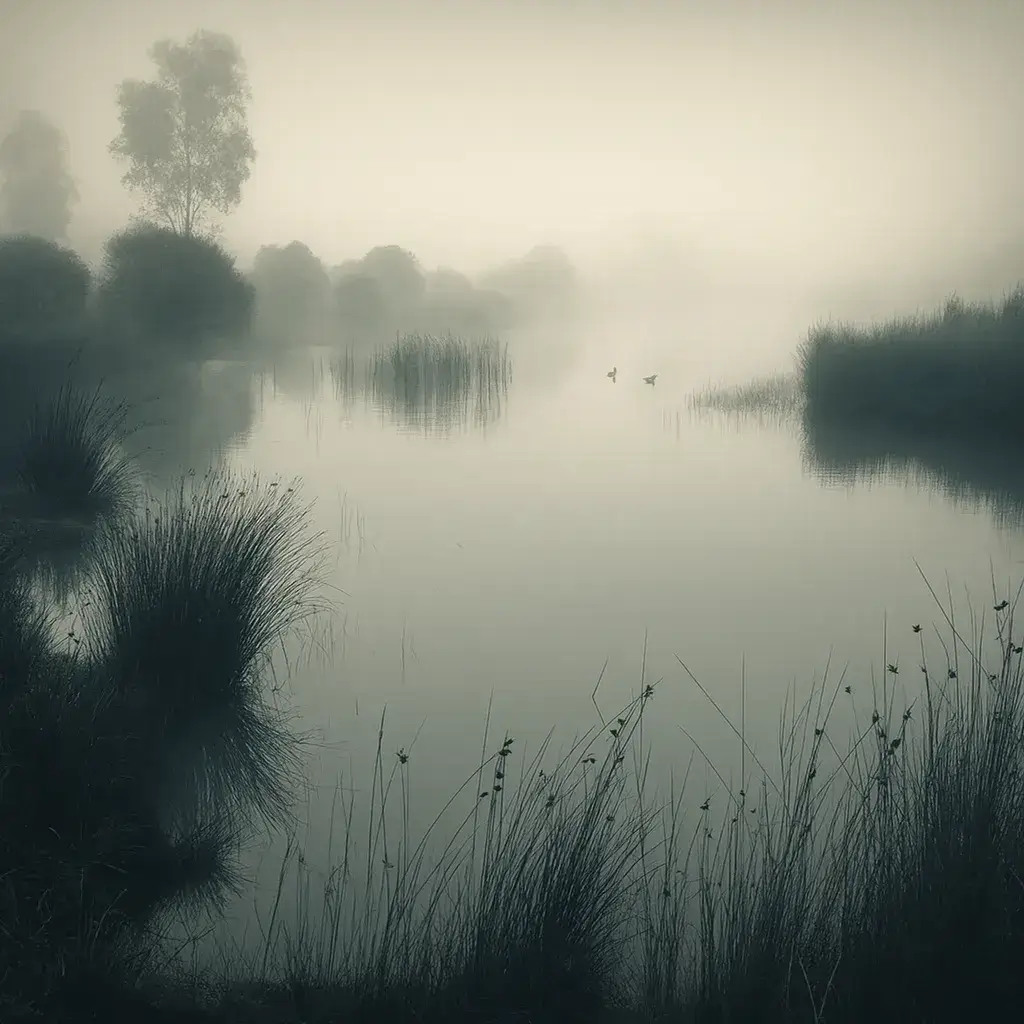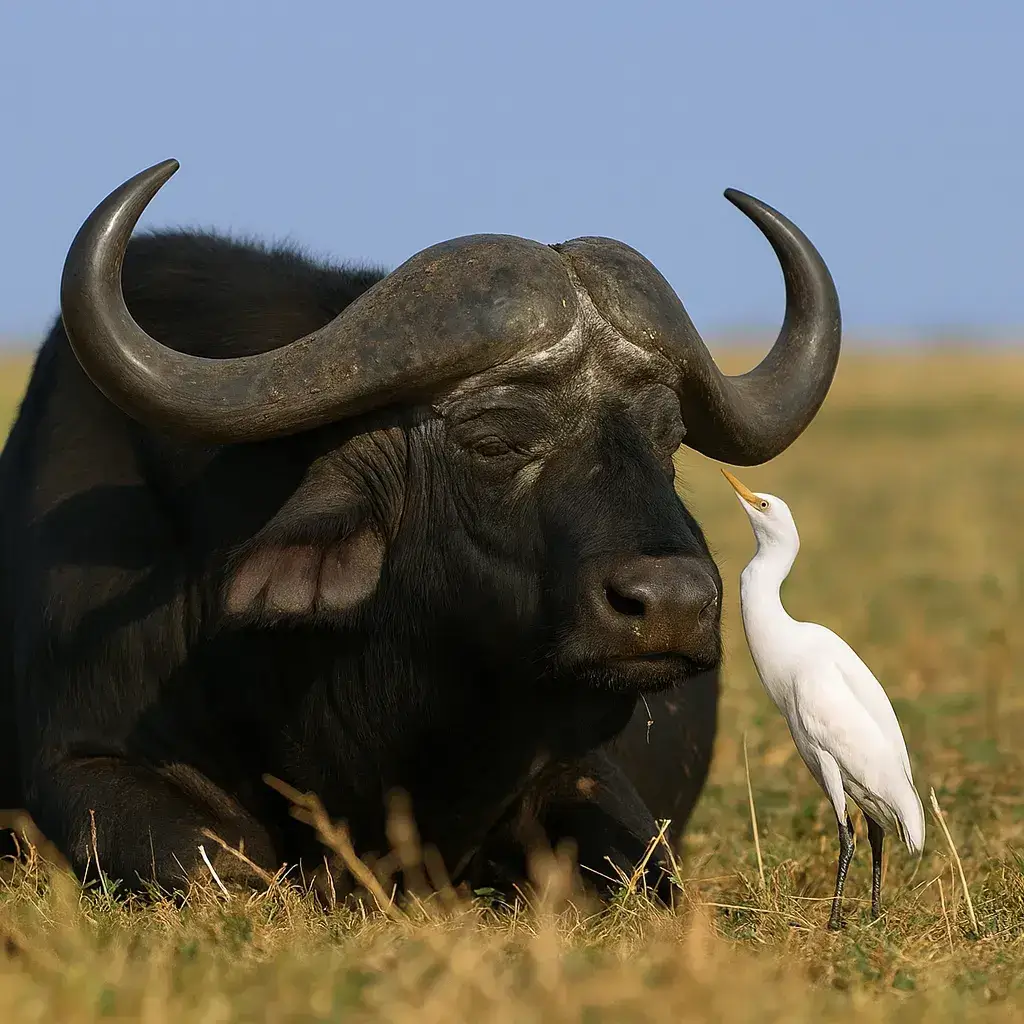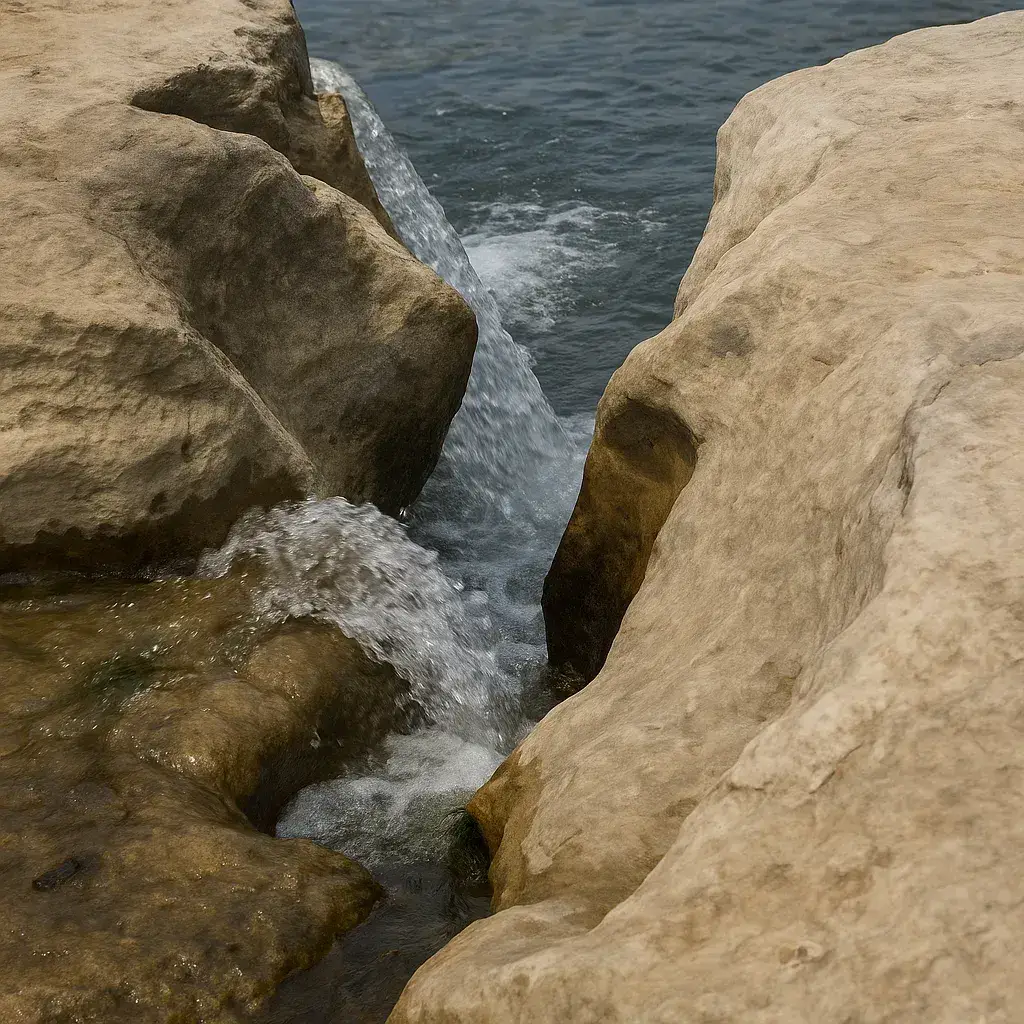Bringing Western trauma science and Daoist healing arts together sounds good on paper. Two powerful systems, both with deep insights. Why not combine them and offer people the best of both worlds?
But the reality is harder than that. Integration is messy. The two systems weren’t built to fit together. They don’t speak the same language. They come from entirely different ways of seeing the world. And I’ll be honest—it’s not always clear how to bridge them without twisting one or watering the other down.
This is me naming that struggle. Because I think it matters to be transparent. Integration isn’t simple. But it’s worth the effort.
Different Languages, Different Maps
Western trauma science is built on data, research, and clinical categories. It talks about nervous systems, attachment styles, stress responses, neural pathways. It’s precise, measurable, and outward-looking.
Daoist healing is built on a different foundation. It talks about qi, yin and yang, the five elements, organ–spirit connections, cycles of nature. It’s poetic, symbolic, and inward-looking.
These are two different languages. One wants to count and measure. The other wants to describe patterns and flow. When I try to translate one into the other, sometimes it feels forced—like cramming poetry into a spreadsheet, or turning lab notes into scripture. Something always gets lost.
The Risk of Oversimplifying
One danger of integration is oversimplification. It’s tempting to say:
- Nervous system dysregulation = qi stagnation.
- Attachment wounds = Heart–Kidney disharmony.
- Fight/flight/freeze = yang excess, yin collapse.
And sometimes these parallels work. They spark recognition. But if I push too far, I flatten both systems. Western science becomes a set of buzzwords. Daoist medicine gets reduced to metaphors. Neither deserves that.
The real challenge is holding the depth of both without collapsing them into each other. That takes patience—and humility.
My Own Edges
I’ll admit something here. Part of why integration feels hard is that I didn’t grow up fluent in both worlds at the same time. I’ve studied trauma and Daoist arts deeply, but always separately, each in its own track. When I try to put them together, I’m doing translation work in real time, as I go.
And sometimes I second-guess myself. Am I forcing connections that aren’t there? Am I leaving out something essential? Am I doing justice to both traditions?
That self-doubt is real. And maybe it’s healthy. Because integration isn’t about pretending to be certain. It’s about being willing to wrestle with uncertainty in public.
What If They Clash?
Another challenge: sometimes the systems really don’t align. Western trauma science often looks at healing as repairing function, calming the nervous system, building new neural pathways. Daoist healing looks at it as restoring balance, reconnecting spirit and essence, aligning with nature.
Not always easy to put those side by side. Western models might look at a trauma response as “maladaptive.” Daoist models might see it as qi redirected to protect survival. Both perspectives have value, but they don’t always agree.
Integration means holding that tension instead of pretending it doesn’t exist.
Why Bother Then?
If integration is this messy, why not just pick one system and stick with it?
Because survivors need both. Western trauma science validates the lived reality of trauma. It gives language that makes sense in today’s world: fight/flight, attachment, nervous system. It reassures people: you’re not broken; this is biology.
Daoist healing adds something Western science doesn’t always reach. It brings in spirit. It offers daily practices rooted in thousands of years of observation. It reframes symptoms as patterns of imbalance instead of fixed disorders. It restores connection to nature, rhythm, and meaning.
Together, the two systems give a fuller picture. Not neat, not tidy, but fuller.
Living the Tension
So here’s where I’ve landed: integration isn’t about finding a perfect one-to-one translation. It’s about living the tension between systems. Sometimes they overlap cleanly. Sometimes they clash. Sometimes one explains what the other can’t.
I don’t have to resolve every contradiction. I don’t have to flatten them into one neat package. I just have to keep asking: how do these perspectives help us understand trauma and healing more fully? Where does each offer something the other leaves out?
That’s the work.
An Invitation
I’m not pretending I have integration all figured out. I don’t. And I think it would be dishonest to act like I do. What I can offer is my willingness to wrestle with it, to name both the possibilities and the difficulties, and to invite you to wrestle with it too.
When you hear “nervous system dysregulation,” maybe it clicks. When you hear “qi stagnation,” maybe that resonates differently. When you put the two side by side, maybe you feel something deeper than either one alone.
That’s integration. Not tidy answers, but richer questions. Not a single map, but a bigger landscape.
Why This Matters
Childhood complex trauma fragments us. It splits us from ourselves, from others, from our sense of meaning. Integration is, at its heart, about wholeness—bringing things back together.
Bringing East and West together is part of that. Not to erase differences, but to let two perspectives sit side by side and inform each other. To show that healing isn’t one-dimensional. To remind us that human beings are complex, and so are the systems that can help us heal.
So yes—integrating Daoist and Western approaches is challenging. It’s confusing. It’s imperfect. But so is trauma recovery. And maybe that’s exactly why the work is worth doing.


